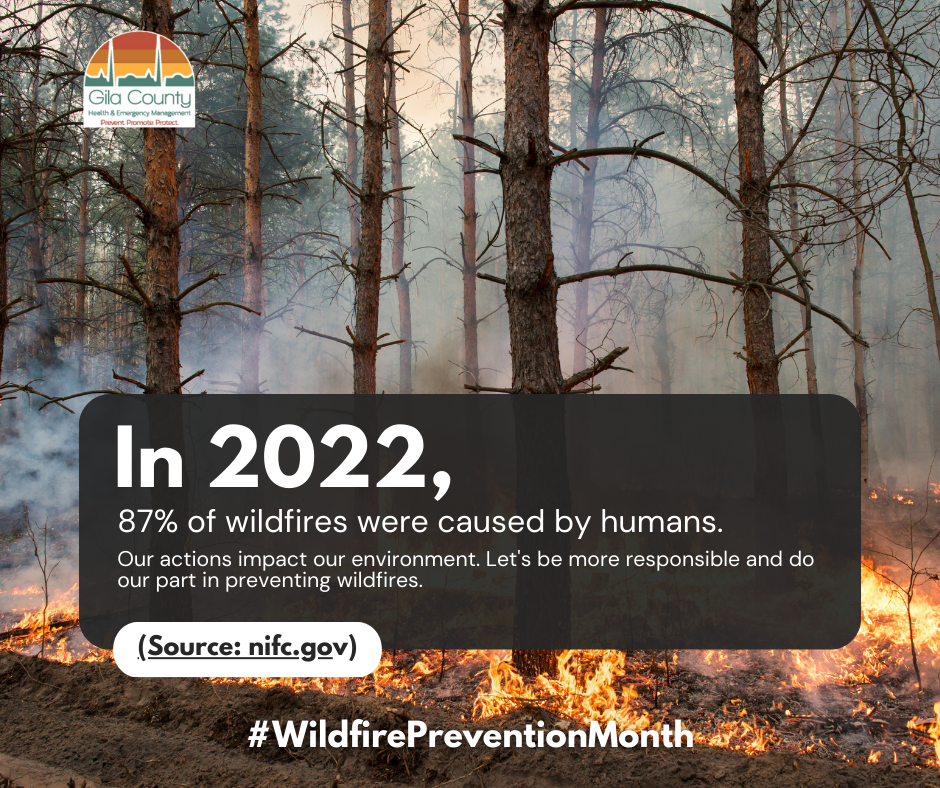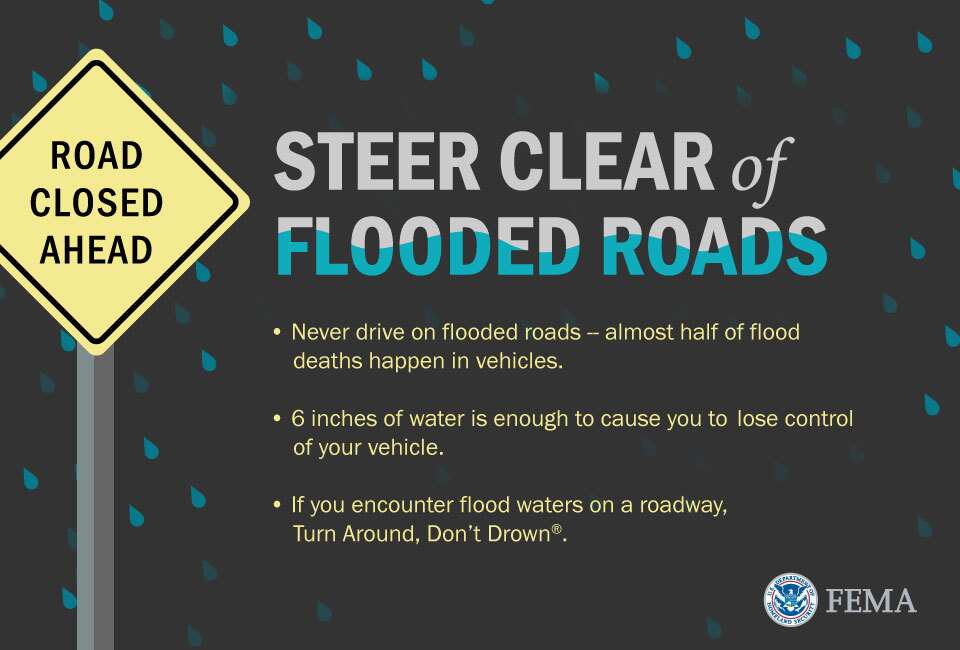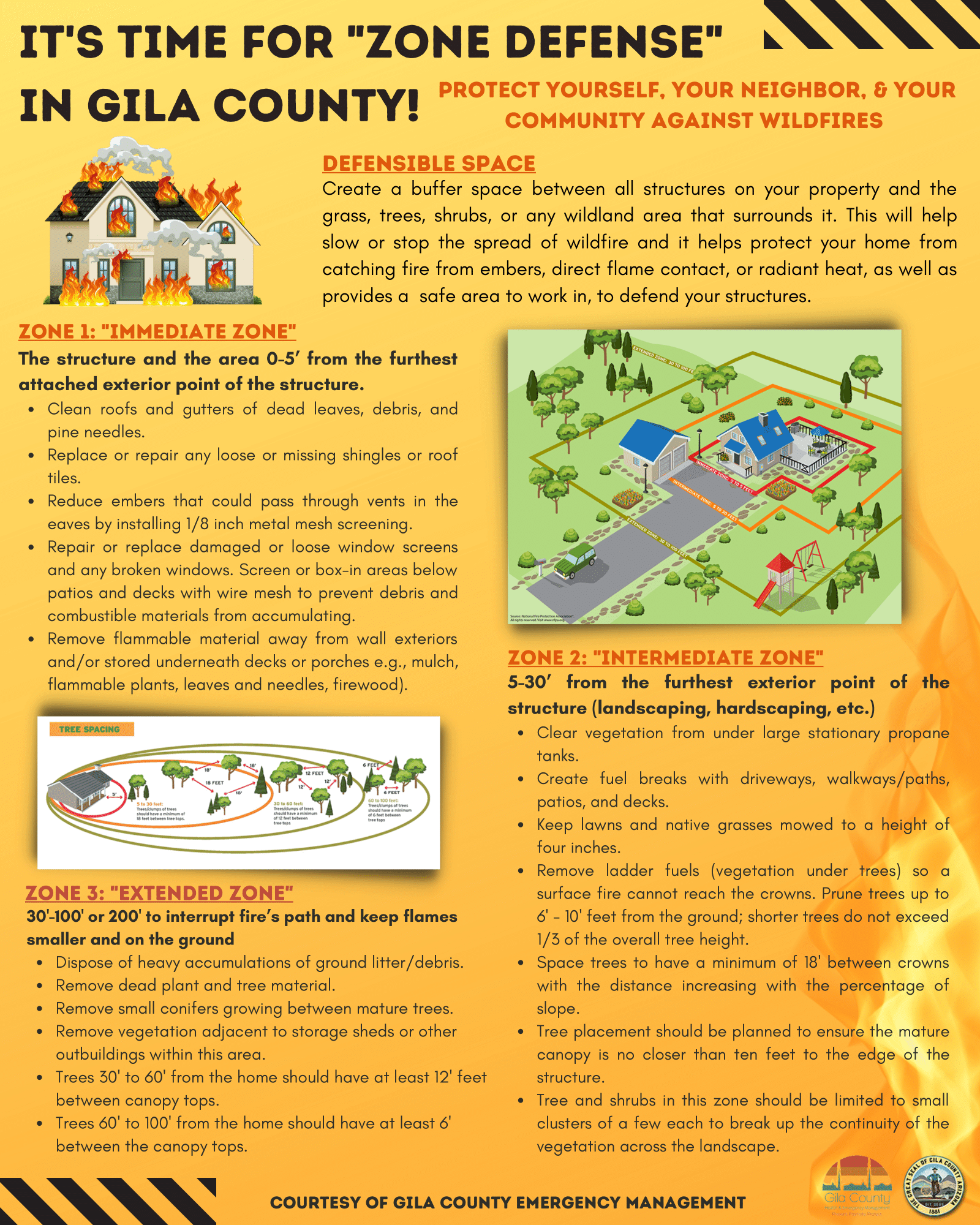 Measuring the Air Quality Index
Measuring the Air Quality Index
When we see that air quality is “good” or “unhealthy”, those public health categories are derived from the Air Quality Index (AQI).
-
Ground-level ozone
-
Carbon monoxide
-
Sulfur dioxide
-
Particle pollution, also known as particulate matter
-
Nitrogen dioxide
Some countries have a slightly different way of calculating their scores. For example, India also measures levels of ammonia and lead in the air. To make these readings more accessible, the AQI has a scoring system that runs from 0 to 500, using data collected from air monitoring stations in cities around the world. Scores below 50 are considered good, with very little impact to human health. The higher the score gets, the worse the air quality is. To make communicating potential health risks to the public even easier, ranges of scores have been organized into descriptive categories.





